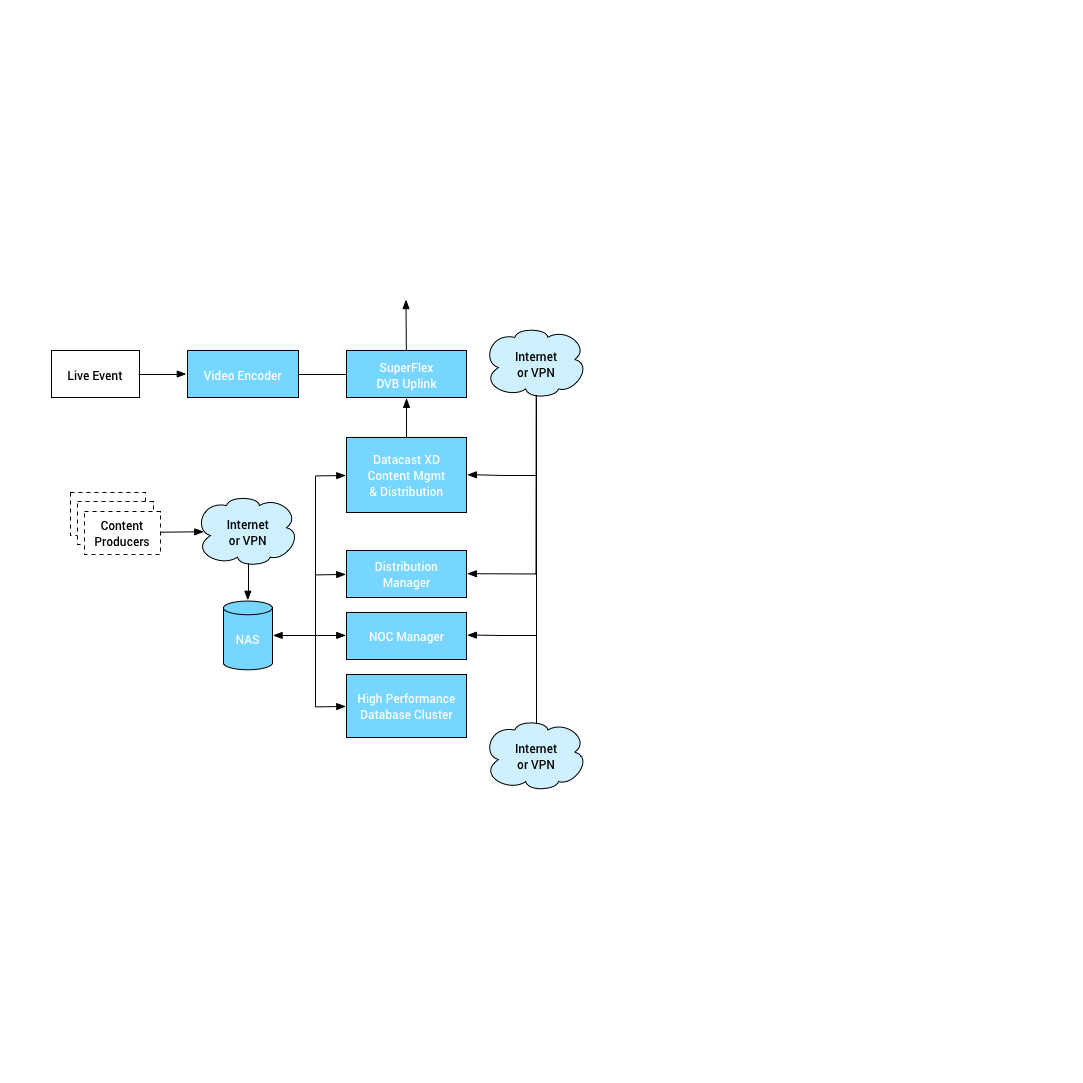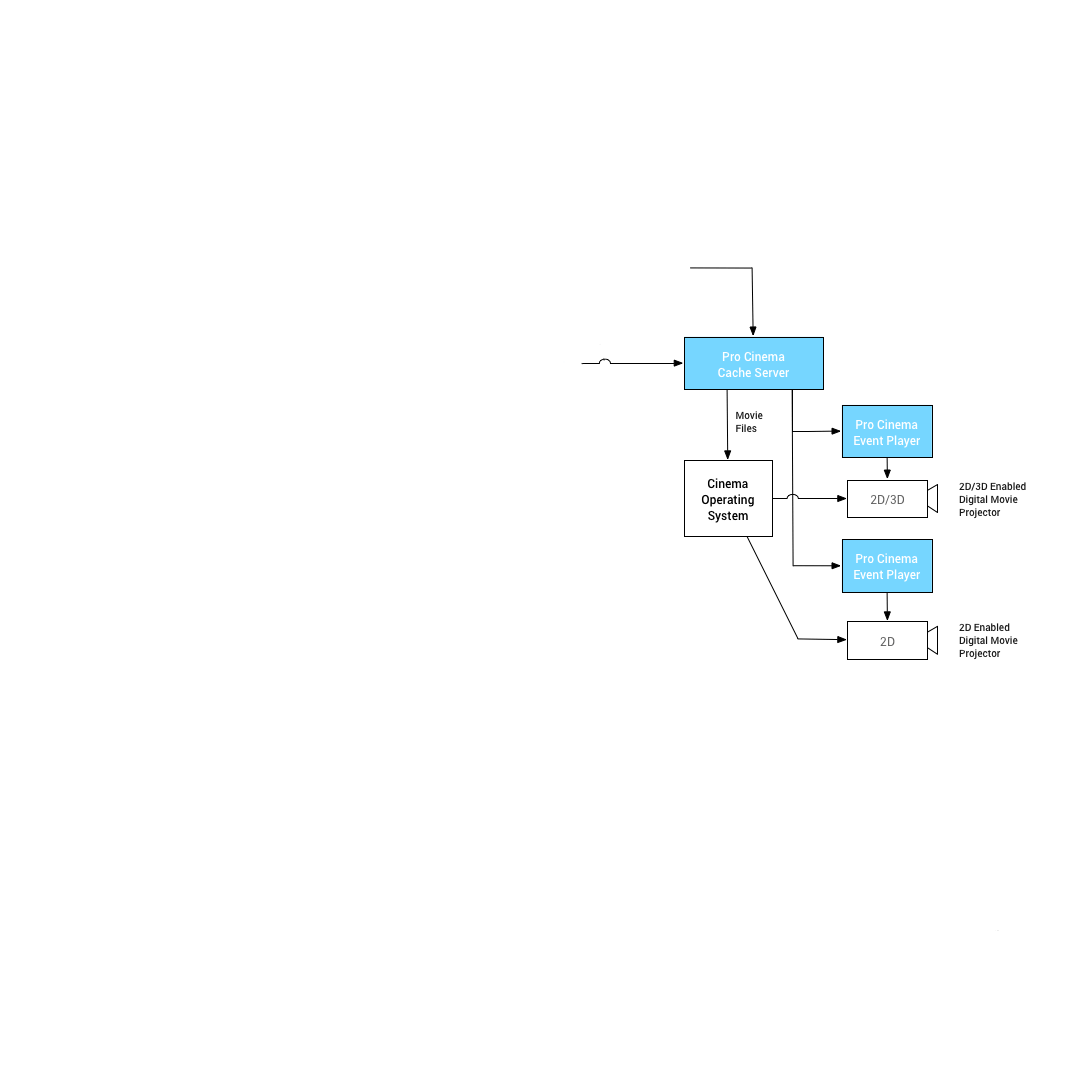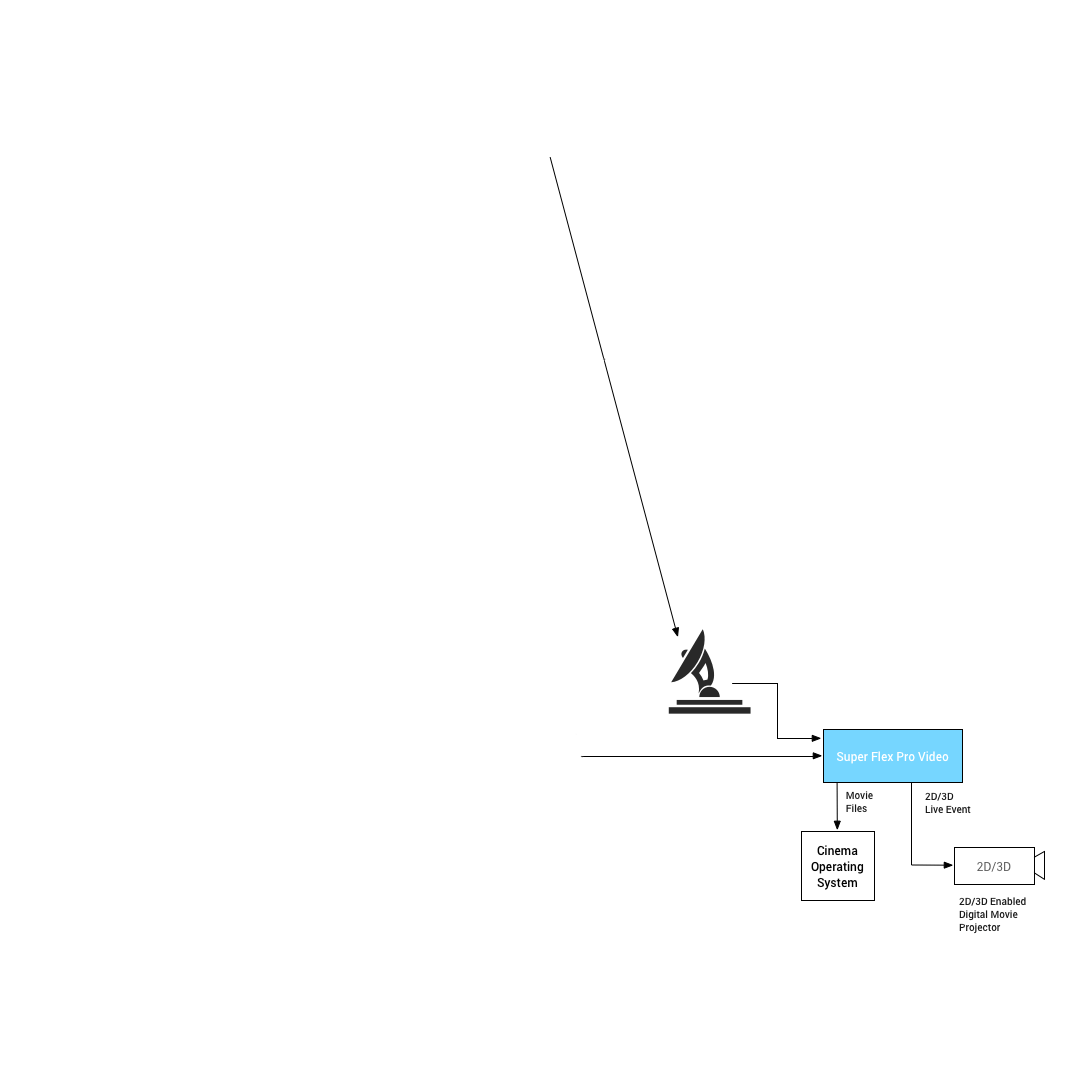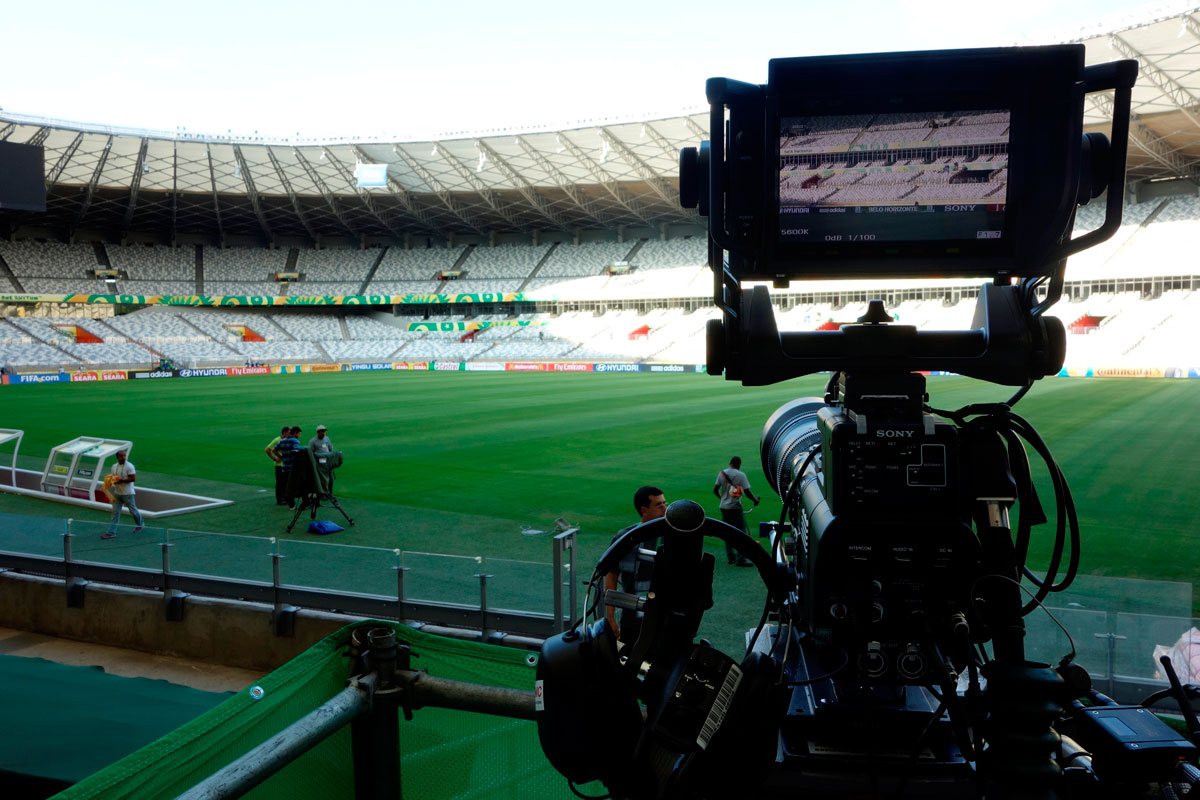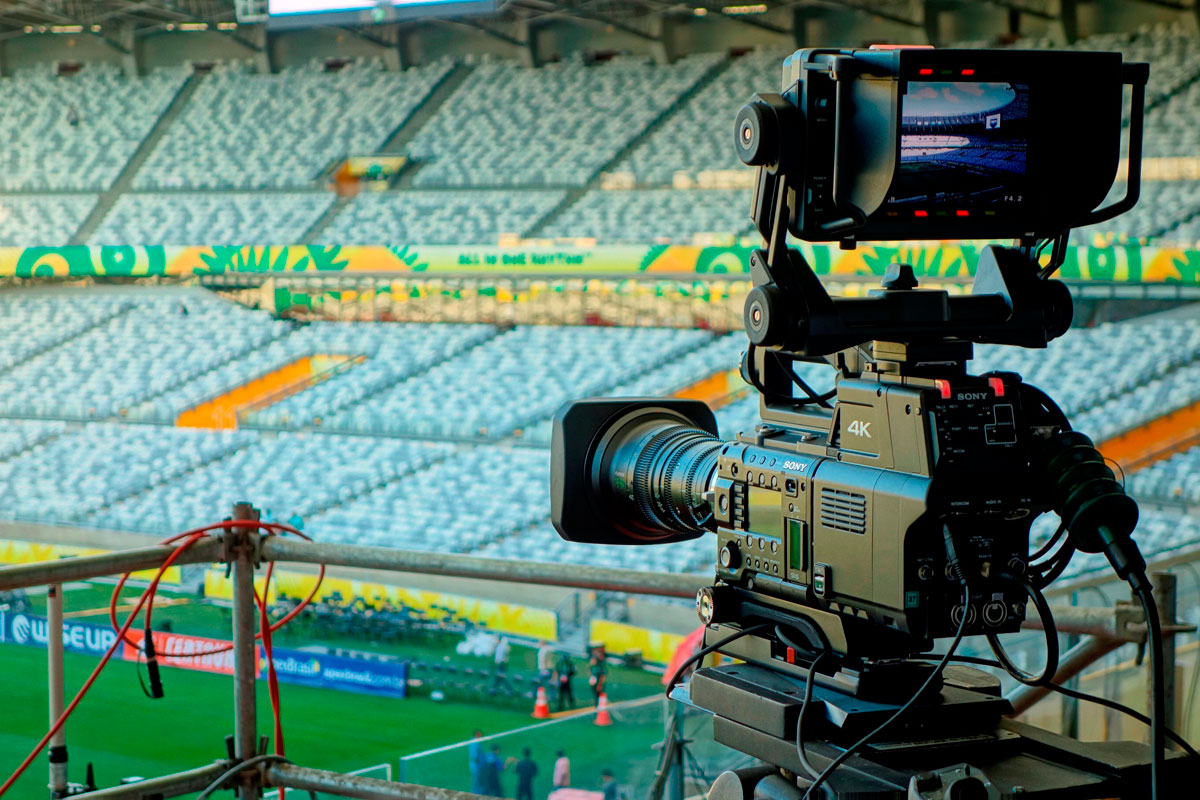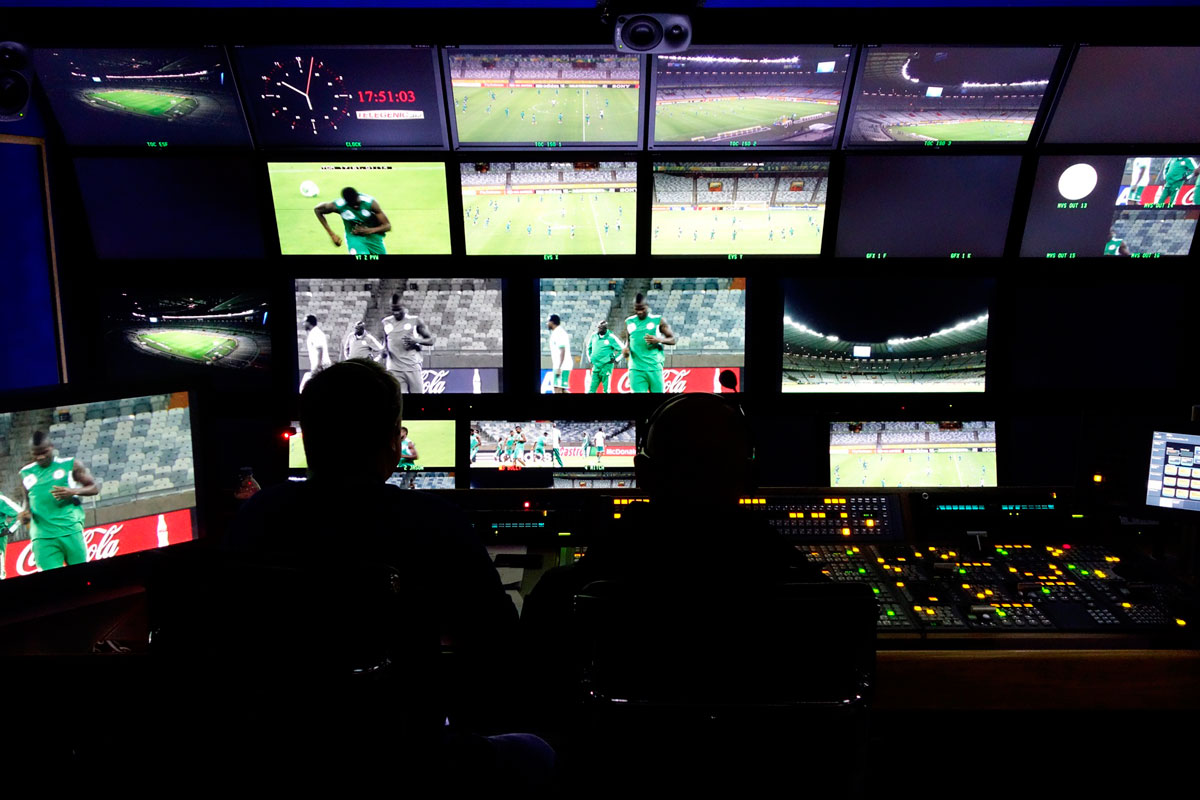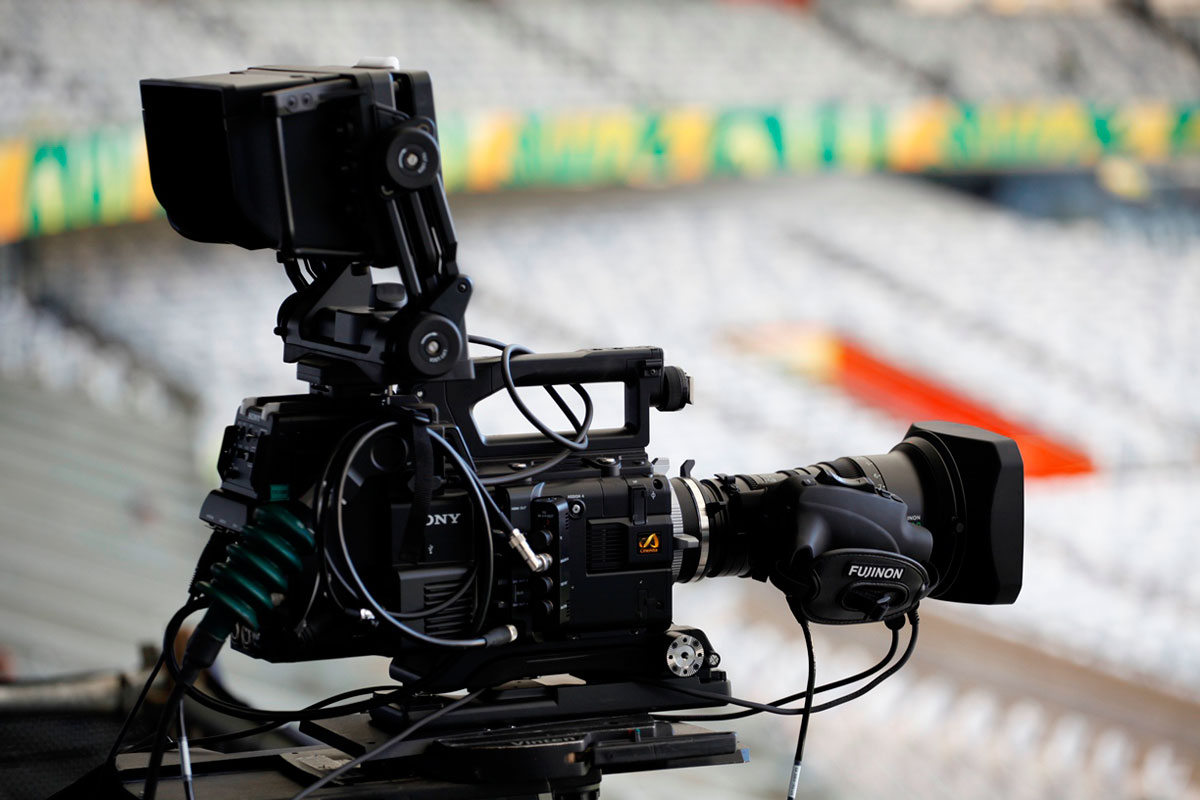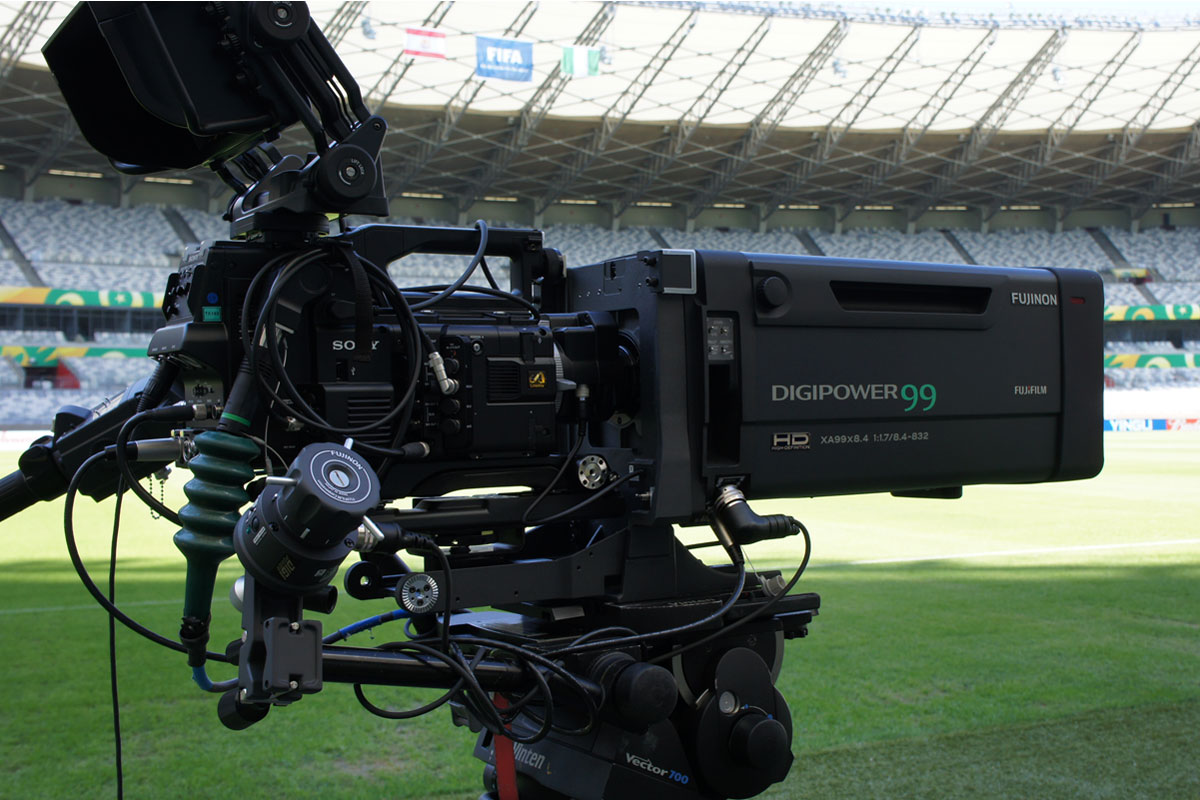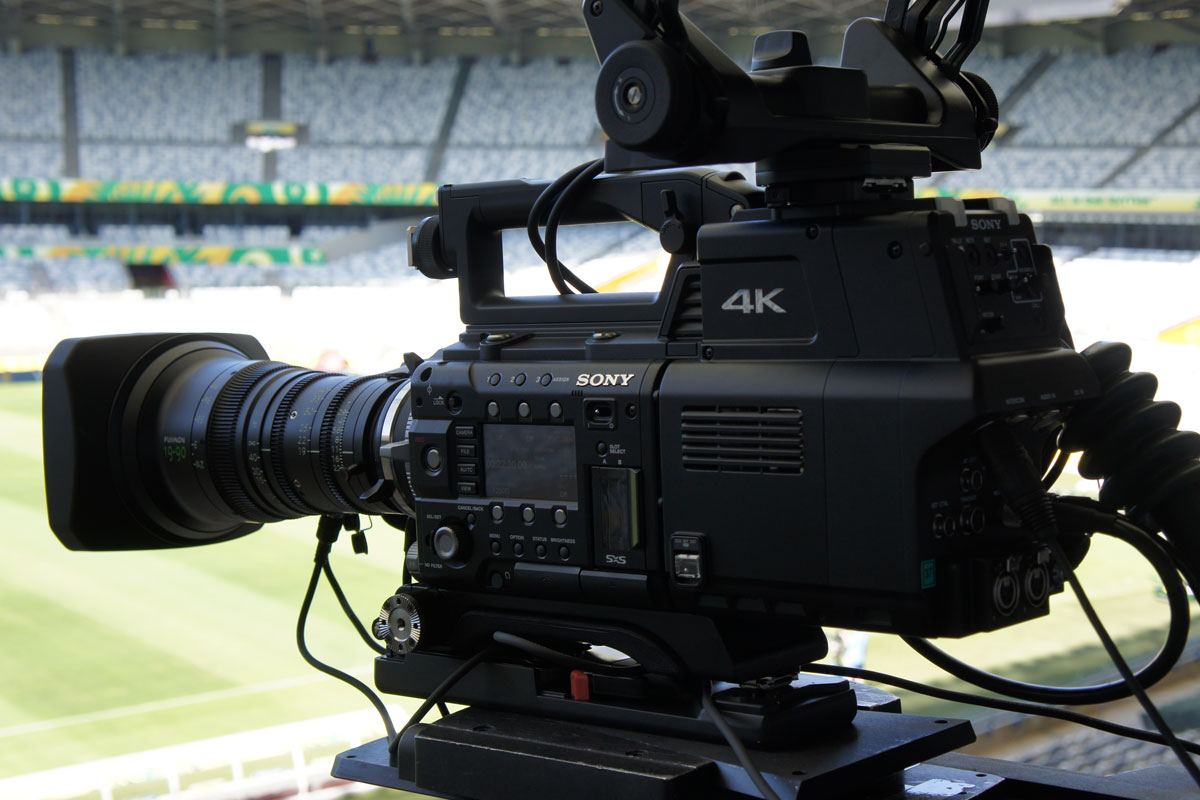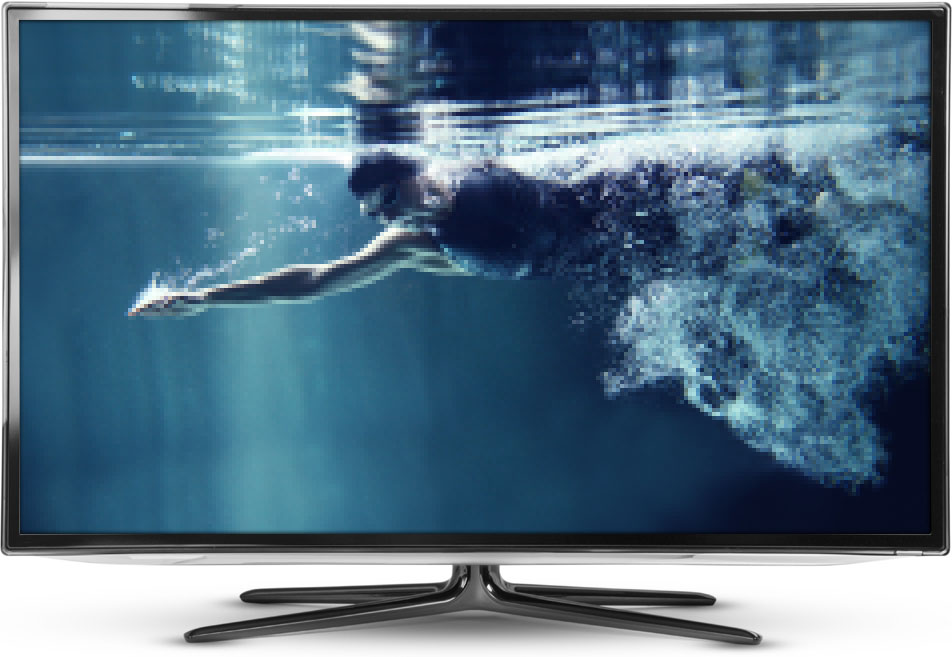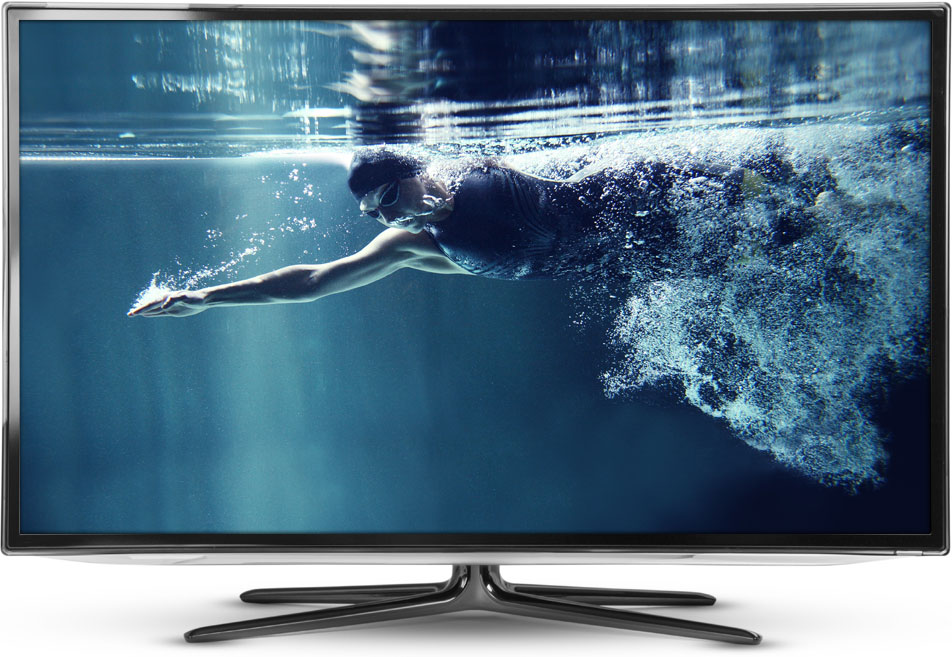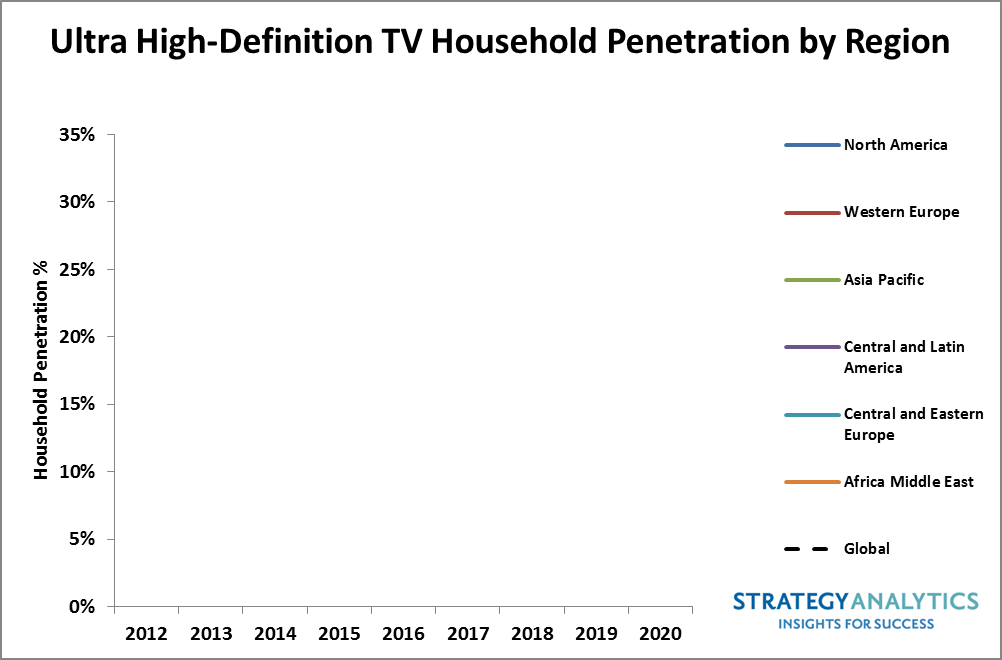“Streaming will be the primary way consumers receive Ultra-HD 4K,” says a Netflix source. “Though Ultra-HD 4K will initially be adopted slowly, it will become mainstream as new TVs adopt the new technology and consumers look to upgrade their devices to get the noticeably better image quality … You should expect a trickle of Ultra-HD 4K titles on Netflix in the coming months, with volume increasing in 2015.”
Netflix began carrying Ultra-HD content in April 2014, including acclaimed shows such as Breaking Bad and House of Cards. YouTube also started supporting 4K videos, which have since collected millions of views. Intelsat’s Director of Managed Media Services Ken Takagi agrees that Over-The-Top (OTT) content is a gateway to 4K for consumers.
“We are finding that OTT providers and Smart TV manufacturers are enabling early adoption of 4K Ultra-HD TV via the Internet, focusing on streaming or downloadable content as they build up their libraries,” he says. “Given that filming in 4K is still in the nascent stages, it will take time to develop a large enough library to launch actual channels in 4K. Based on that, we do not foresee a visible uptake in 4K until 2016 at the earliest, when we believe that a few linear channels might begin to appear globally.”
Takagi thinks mainstream adoption is still some time away, adding that 4K “still requires numerous upgrades in production, transmission and in consumers’ homes,” and that these upgrades “can take multiple years of planning.” He says more collaboration is needed to build up the 4K ecosystem — something Intelsat intends to continue. Currently, cinema and sporting events are the top outlets for 4K content. While satellite has played a role in cinema distribution, sports stand to open up bigger doors.
“It is certainly going to be these big events and movies and this sort of thing followed by regular season sports on television in the home,” says Curcio. “General DTH or video distribution would be the backbone for 4K via satellite. If I were to put a time frame on that, in very developed East Asian markets, the United States and to a lesser degree Western Europe I would say we will start to see that quite soon. I would think, depending on how well received the World Cup content is, we could start seeing at least some handful of channels being broadcast on 4K as early as next year or 2016 in terms of broadcasts.”
NSR anticipates close to 300 Ultra-HD channels broadcasting by 2023, including channels in key developing markets. Driving these early channels would be internationally televised sporting events. In places where the average income might be lower than other markets, the sheer number of interested viewers could validate broadcasting in 4K. Curcio mentions sports like cricket in India, which has a massive following domestically, as well as a sizeable following internationally from Indians who have moved to other countries. Broadcasters seeking to serve cricket fans in established broadcasting markets with 4K may also see the value in sending that broadcast to India as well.
“Globalization may help spur 4K because you are going to have people in different parts of the world with vastly differing levels of income wanting to watch the same thing. So if you have an Indian population of well over a million in Canada, and well over a million in the United Kingdom, then 4K can be produced for communities like that abroad and then potentially rebroadcasted in India just because it has already been produced,” says Curcio.






